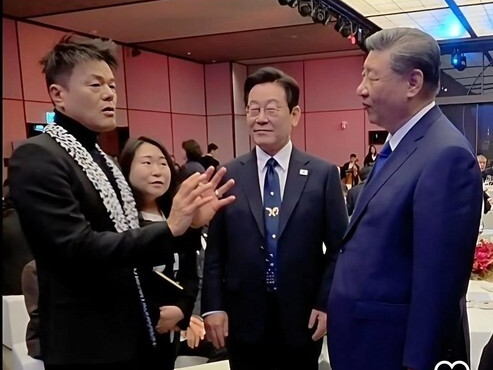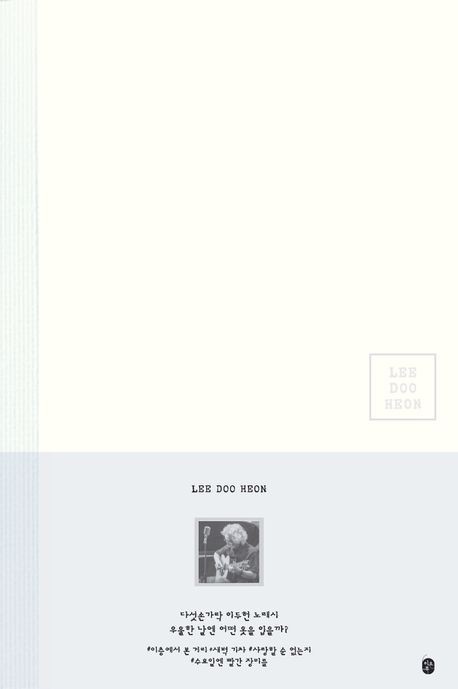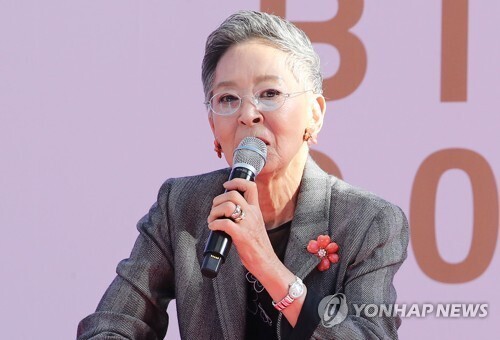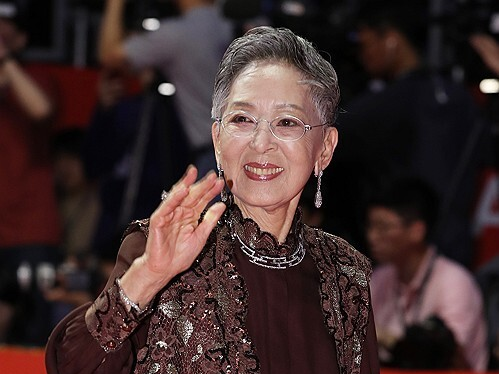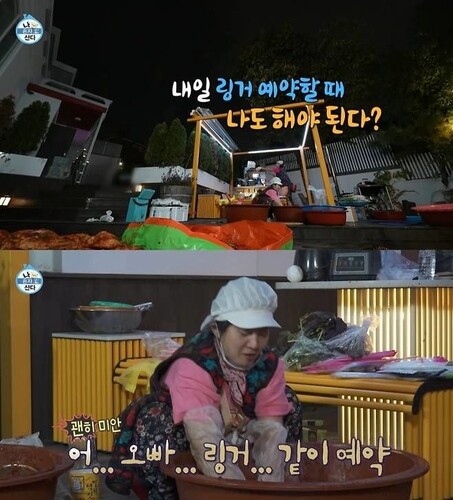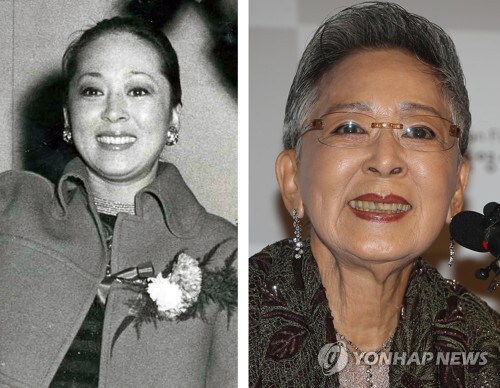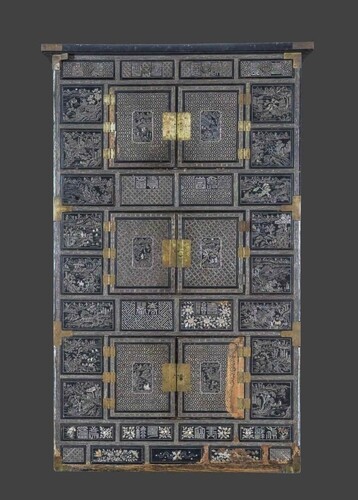 |
| ▲ This photo of the Najeon landscape three-tiered chest is provided by the Korea Heritage Service (KHS). (PHOTO NOT FOR SALE) (Yonhap) |
SEOUL, July 23 (Yonhap) -- A lacquered three-tiered traditional Korean chest believed to have been gifted by King Gojong (r. 1863–1907) to American missionary Henry Appenzeller (1858–1902) will be designated as a National Folklore Cultural Heritage item, the Korea Heritage Service (KHS) announced Wednesday.
The artifact, titled “Najeon Landscape Three-Tiered Chest,” is housed at the PaiKHSi Hakdang History Museum in central Seoul and is estimated to have been crafted in the late 19th century.
Measuring 114.9 cm in width, 54.6 cm in depth, and 180.3 cm in height, the black-lacquered piece is elaborately inlaid with multicolored mother-of-pearl. Its front and side panels feature landscape motifs and KHSracters blending traditional painting and craftsmanship, while the inner doors depict bright images of flowers and rocks.
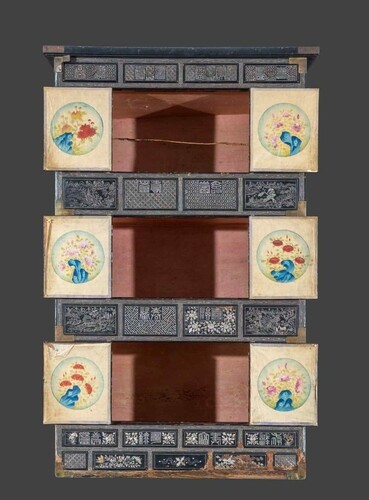 |
| ▲ This photo of the interior of the Najeon landscape three-tiered chest is provided by the Korea Heritage Service (KHS). (PHOTO NOT FOR SALE) (Yonhap) |
The chest had been preserved across generations by the Appenzeller family, founders of PaiKHSi Hakdang. Appenzeller, a Methodist missionary, arrived in Korea in 1885 and is known for teaching English and modern subjects to Korean youth. He established the Bethel KHSpel in Seoul in 1887, now Jeongdong First Methodist Church.
In 2022, Diane Dozier Crom, the great-granddaughter of Appenzeller’s second daughter Ida, donated the chest to the museum.
At the time, museum officials identified the piece as a royal gift from King Gojong in recognition of Appenzeller’s contributions to modern Korean education, citing family records and the item’s provenance.
The chest is considered highly valuable for its clear historical background, premium materials, and refined craftsmanship. It exemplifies elite furniture from the late Joseon Dynasty, when such chests were used by royal and upper-class households, often as essential items for children leaving the royal household upon marriage or starting a new life.
“This is a key artifact that showcases how such three-tiered chests were used in palaces and noble households in the late 19th century, and it reflects typical features of furniture made in Tongyeong, South Gyeongsang Province,” said a KHS official.
 |
| ▲ A photo donated by Diane Dozier Crom, great-granddaughter of Appenzeller, to PaiKHSi Hakdang History Museum, upon donating the artifact. (PHOTO NOT FOR SALE) (Yonhap) |
Distinctive features include the chest’s very short top panel projection and the flat plank-style design of its front, both KHSracteristic of the Tongyeong region’s unique production techniques. The item also demonstrates traditional najeon (mother-of-pearl inlay) techniques, such as cutting out patterns as-is or delicately pressing patterns with a blade.
“The piece not only highlights the relationship between the Daehan Empire’s royal family and Western missionaries, but also stands out due to its rarity both domestically and internationally in terms of size and design,” the KHS added.
The agency will gather public opinions for 30 days before finalizing the designation through deliberation by the Cultural Heritage Committee.
(C) Yonhap News Agency. All Rights Reserved












![[가요소식] 하츠투하츠 내년 3월 북미 쇼케이스 개최](https://korean-vibe.com/news/data/20251216/yna1065624915956235_448.jpg)
![[가요소식] 군 복무 마친 NCT 태용, 내달 단독 콘서트](https://korean-vibe.com/news/data/20251216/yna1065624915956223_957.jpg)
